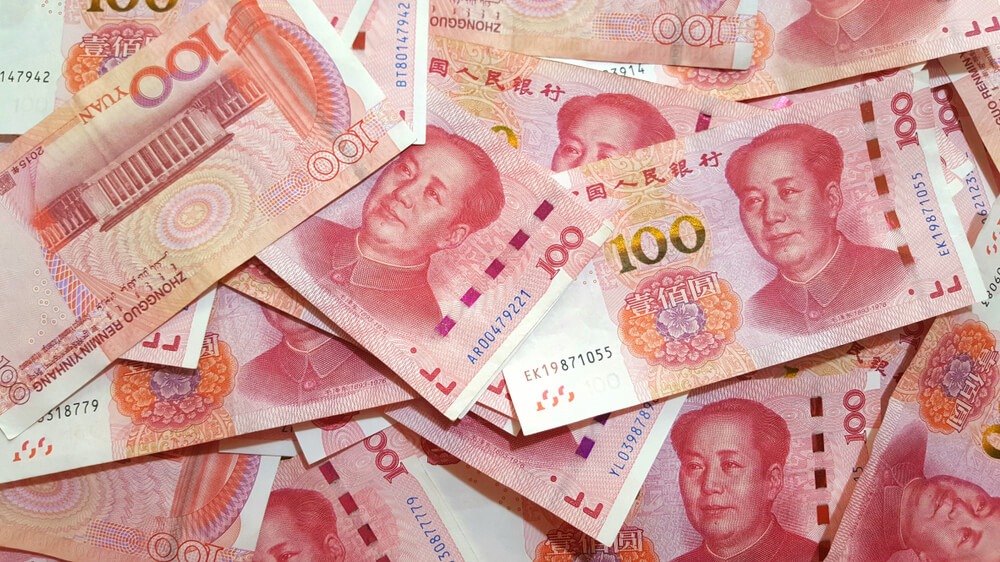The yuan went high and the yen, generally a safe haven currency, went low against the dollar on Monday.
Risk appetite for risky currencies climbed up after the United States and China agreed to restart trade negotiations slated to end the trade war between the two powerful economies.
The dollar gained 0.3% at 108.235 yen. It went as high as 108.510 intraday.
Meanwhile, offshore yuan at first went high as much as 6.8166 per dollar. This was its highest level since May 9, but later eased back to 6.8381. It was still 0.5% higher, however.
The yuan lost some of its steam after a Purchasing Managers’ Index (PMI) data showed that the factory activity in China sank in June with diminishing domestic and export demand.
The Swiss franc, which is another safe haven currency, lost 0.5%, trading 0.9808 franc to the buck.
China’s largest trading partner, Australia, saw its currency lose 0.25% at 0.7007.
The euro also declined, losing 0.15% to trade at $1.1351.
The US dollar index, supported by the greenback’s strength against the yen, gained 0.22% at 96.337.
The Turkish lira advanced 0.75%, trading at 5.7409 per dollar. Turkish President Tayyip Erdogan said that the United States did not plan to slap sanctions to Ankara for purchasing Russian defense systems.
US-China Trade Truce

Over the weekend, US President Donald Trump and Chinese Xi Jinping met in Japan on the sidelines of the G20 summit.
Trump said that he would not impose new tariffs and that China will buy more farm products from the US.
Trump also added that the US Commerce Department would look into the possibility of taking Huawei away from the list of firms banned by purchasing components and tech from US companies without governmental approval.
According to a currency strategist, most of the discussions between the two countries have already been expected. However, mentioning Huawei was “a bit of a surprise.”
“There were dollar short positions than expected, and these are being covered. But once these shorts are covered, the dollar’s advance is likely to slow ahead of the non-farm jobs report,” said the strategist.
Economic Data
Economists now expect that US non-farm payrolls have increased to 160,000 in June, higher than the 75,000 we saw in May. The data will be released on Friday.
Among other major economic data due this week is Institute of Supply Management’s (ISM) non-manufacturing activity index for June. This will be released on Wednesday.
Overall, the markets will focus now on US fundamentals, since the G20 summit is over.
“Some Fed officials curbed easing views recently and the data will help the market get a clearer picture of whether the Fed stands poised to cut rates this month,” said an economist.
The Federal Reserve held a policy meeting on June 18 and 19, and the meeting hinted at possible interest rate cuts later in the year.
However, the comments last week from central bank officials, among them chairman Jerome Powell, and the weekend talks of continuing the US-China trade negotiations have eased expectations of aggressive rate cuts.















